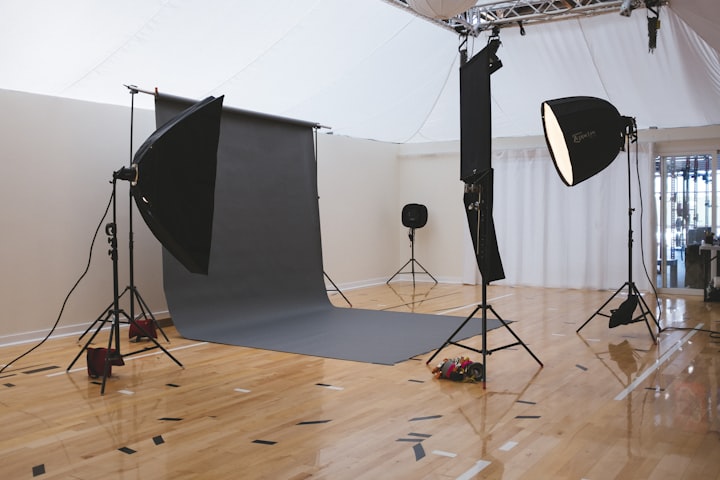Using Lights For Beginners In Photography
The use of light in photography is one of the most important aspects in the process. It can be used to create different moods and atmosphere.

The purpose of using light is to create a certain mood or atmosphere. It can be used as a portrait, for creating interesting backgrounds, and for adding drama to a scene.
A key component to lighting a scene is the placement of where the light source is coming from. In general, it is best to have light that comes from behind your subjects and also reflectors for catching light and bouncing it back at your subject to create a more natural look. The goal of having ambient light in a scene is to add contrast and depth. A good example of this is taking pictures in the evening.
One main component to setting up a light for photography is the use of a light stand, which holds the light above your subject. Another piece that a you may need is a reflector, which can be held in front of your subject or placed behind them to bounce the light back at them.
Some other items you might need include a light diffuser, which can be put in front of an existing light source to soften the light.
A key component when purchasing and using different types of lights is the wattage. This is how much energy the light uses and how bright it is.
Different Types of Lights Used for Photography
Natural Light:
Natural light is the most commonly used type of lighting for photography. It is created by the sun or moon and can be captured by a camera through the lens.
Tungsten Light:
Tungsten lights are usually used in film and video production because they provide a warm color temperature that is similar to daylight. However, they do not produce as much light as natural sunlight does.
Fluorescent Light:
Fluorescent lights were first invented in 1878 and have been widely used since then for their high color temperature.
Using Light Effectively In Photography
Work in Shutter Priority Mode.
One technique to use when working with light is to set your camera in shutter priority mode. This way, the camera will make all adjustments necessary for proper exposure without focusing on the aperture ring or ISO settings. This allows you to focus on other photographic elements such as composition and depth of field instead of getting distracted by technicalities.
Know the Difference Between a Spot and a Beam of Light
It’s important to know the difference between spot, which is where a small area of light is concentrated on one point, and beam, which spreads out from a central point in all directions.
Use Light to Enhance Texture
Another way that light can be used effectively in photography is to create texture in a photo. For example, when you take a picture of a metal surface, use sidelights or highlights to give it an interesting texture.
Use Light to Create Effects
You can also create special effects with light by using an on camera flash and playing around with the intensity settings. For example, use manual mode and set the intensity settings to make your subject appear as if it’s in a bubble, or use the color rim highlight mode to make any object appear illuminated from the back.
Use Camera Filters
You can also use special filters on your camera to alter your photo and give it a certain look. For example, using a polarizer filter makes colors more vibrant and clear but makes skin tones look odd and washed out . A good way to find out what effects you like best is to experiment with and see how you like it.
Conclusion
Don’t be scared to experiment, thats the best way to learn. And above all, have fun.
About the Creator
David Burrows
I am a freelance photographer and I also write blogs. I love to share my knowledge and passion for photography with others. I have been a photography blogger for the last year. I write about travel, people, nature, and photography advice.






Comments
There are no comments for this story
Be the first to respond and start the conversation.